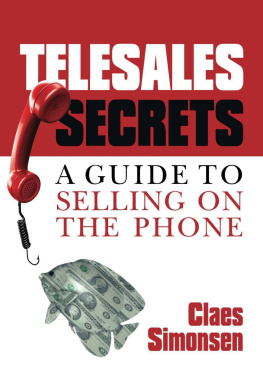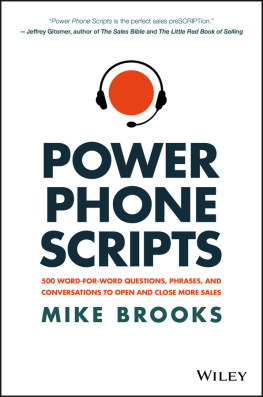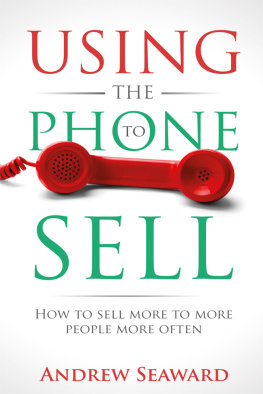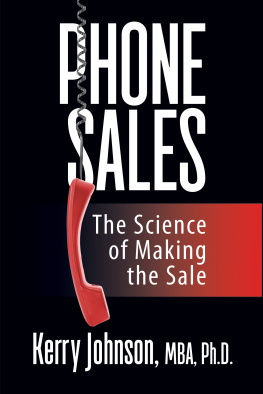Acanexus, Monaco 2014
ISBN 978-82-92944-13-4
All rights reserved. No part of this publication may be reproduced, stored in a retrieval system, or transmitted in any form, or by any means, electronic, mechanical, recording, photocopying, or otherwise without the express written permission of the author.
Warning: The doing of an unauthorized act in relation to copyright work may result in both a civil claim for damages and criminal prosecution.
Although the author has tried to make the information as accurate as possible at the time of writing, no responsibility for any loss, injury, or inconvenience sustained by anyone using the information can be accepted. The mentioning of companies, individuals, or services in this book does not represent an endorsement; all normal due diligence should be carried out before entering into any contract.
First Edition: January 2014
Author: Claes Simonsen
Production: Acanexus Publishing
Cover: Jana Rade, impact studios
Acknowledgments
This book could not possibly have come about without the interesting, exciting and challenging discussions I have had with the many sellers and sales managers I have worked with. I particularly want to thank Viktor Stromberg and Robin Axelsson, together with whom many of the theoretical ideas in this book have been formed, and Sebastian Scherman, Niclas Ryegard, Jane Rohdin and Roy Olsson whom I have known for a long time and who are probably some of the best sellers I have ever worked with.
Preface
Good sellers tend to be considered important people in their businesses, at least for purely financial reasons, so it can come as no surprise that quite a lot of sellers move from sales into management. As a serial entrepreneur, I took the other direction and moved from management into sales (sometimes things really get done well only if you do it yourself). This has probably given me a very different approach to selling and sales technique. Most managers seem to think that their influence over sales results is limited to thinking Why the hell arent you guys selling more? (passive sales management) or screaming Why the hell arent you guys selling more? (active sales management).
When screaming didnt work anymore, I realized the only way to really influence sales results from a management position was to develop proper sales techniques, tools and training. These circumstances have given me a very theoretical approach to selling; my aim has been to understand logically and empirically what leads to sales. This contrasts with the approach of those who perhaps started selling well themselves and then tried to understand what they were doing well and writing it down in a book. This is particularly true for what I very derogatively and quite unfairly refer to as the happy-clappy school of sales technique. Someone blessed by nature or fortune with good sales skills will naturally soon realize that he sells well on days when he is happy, positive and pumped. In my opinion this has led to many sales books overemphasizing positive thinking.
Positive thinking, although a very nice attitude to life, is not a sales technique. If youre a terrible seller and you remain positive over time, youre probably also an idiot. Positive thinking is as helpful to a seller as it is to a brain surgeon: nice to see, but no substitute for years of medical theory and training. If I had to choose between a positive surgeon with no medical training and a depressed surgeon with years of training and experience, Id prefer to hand the knife to the latter. Of course, and this is where my criticism becomes a bit unfair, what you really want is a well-trained surgeon who feels pretty confident hes not going to kill you. In sales, what you want is a well-trained seller who understands all the sales theory and has good, fundamental sales skills to fall back on. And then you also want him to be happy and self-confident. This book is basically about the technical skills of selling. But there is a little happy-clappy bit at the end too, just for that extra oomph.
You might think, from the examples in this book, that I have spent my life selling printers and photocopiers. I havent. In fact I have never tried to sell a printer in my life, except whenat the age of 12I tried to convince my mother that she really had to buy my nine-pin printer because I was desperate to buy a new laser printer. It was probably about that time I learned that the arguments you have for selling something and the argument you give to the customer for buying that something, do not have to be the same.
In this book, however, I have stuck to examples relating to printers and photocopiers for one simple reason: When you sell life insurance, trademark registrations, credit default swaps and most other products out there, a million different product-related questions come with the product and may come up during a call. Although obviously very important to the sales process for each product, the actual answers to such questions dont belong in a book about sales technique. Printers are fairly simple, though. They are either color or black and white, and they print X amount of sheets per hour. That makes the examples in this book easier to read and understand from a sales technique perspective. If you happen to sell printers, you are, of course, in luck.
In this book I have marked off sections of particular interest with icons in the margins: smart tip, remember and warning. This layout has been popularized by the For Dummies books, presumably to make the books look longer. I find the style useful both because it facilitates quick browsing and because it leaves plenty of space for your own comments.
On a flowchart of the sales process, most commonly a lead is someone who might be worth contacting; then following a successful sale, the lead will become a customer. Curiously lead in this sense does not appear in most dictionaries, although it is obviously closely related to the definition of lead as a suggestion or piece of information that helps to direct or guide (Think clue). In the sales industry, however, the use of lead referring to a person to whom you can potentially sell, a potential future customer, is fairly well-established. The word prospect is also used, and what is defined as a lead or a prospect varies greatly from company to company, though in my experience prospect is most commonly used to refer to leads who have taken some active steps to indicate interest (clicking on emails, ordering information and so on).
In this book, mainly just to get the text to flow a bit better, I have used the words lead, customer and potential customer interchangeably. They all indicate someone you are trying to sell to.
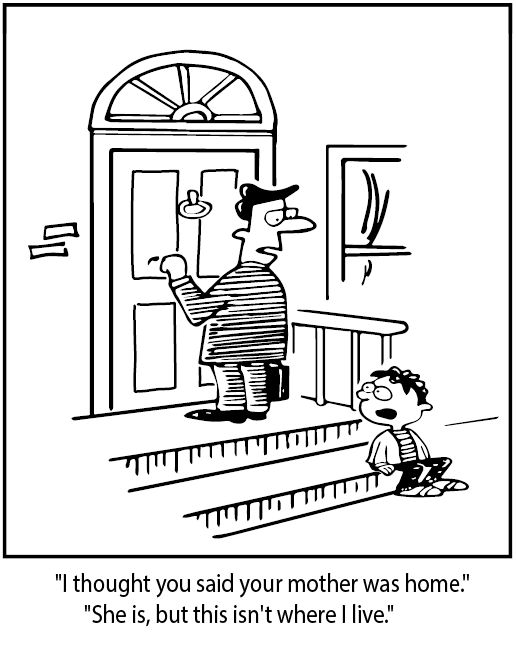
Introduction
A short history of selling
() Up to this time, you have carefully abstained from pressing your customer to buy. Your whole effort has been directed to the one prime object of creating desire. But now comes the supreme moment. Subscribe is an odious word to many persons. Therefore, never use it. Instead of asking, Will you subscribe, say, your name will be in good company, you see. It comes next after your neighbor, Mr. So-and-So, or, on the next page after Squire So-and-So, or something of this sort. With this, place the prospectus or order-book squarely before him.
Bates Harrington wrote these words in 1879 in a book with a lengthy, but very honest title, How Tis Done A Thorough Ventilation of the Numerous Schemes Conducted by Wandering Canvassers, or Advertising Dodges for the Swindling of the Public. Its often referred to as the first proper sales manual. As the title may indicate it was not intended as suchon the contrary it was intended as a warning and a teaching tool for the public on how to avoid being taken in by pushy salespeople. As is often the case with such warnings, particularly when they take the shape of a 336-page book, it wasnt read by those who wanted to avoid being taken in by scammers, but rather extensively studied by those who wanted either to learn how to scam or, more innocently, those who wanted to learn how to sell quickly. In any case it was far from the first sales manual; in reality there were a number of books published at about the same time giving extensive advice on sales techniquesadvice of which the basics remain the same to this day. This was a period of rapid change; products were getting more complicated, consumers more demanding and businesses were expanding their markets geographically. Yelling Cheap tomatoes, cheap tomatoes. Get them here may be good enough for a market vendor, but it wont sell many insurance policies or much advertising space. The modern, active selling was a result of changing times; good products suddenly were no guarantee for success. You also had to get your offers out to the consumers in a manner that consumers could understand and that was more efficient than your competitors.

